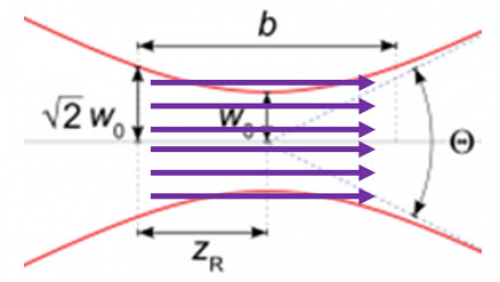
通过系列文章,您将学习在 OpticStudio 中模拟激光光束传播的重要步骤。其内容包含对应分析工具的介绍、如何设置您的系统、分析激光光束的传播,以及如何在 OpticStudio 序列模式中使用简单单透镜将光斑优化至最小尺寸。
从这里开始:
本节从概述高斯光束理论和 OpticStudio 使用的术语和规约开始,通过实例说明了如何用基于几何光线的方法对激光聚焦系统进行优化。
这一章节介绍了近轴高斯光束分析工具,并展示了如何使用该工具建立分析,以优化最小的激光光束尺寸。
最后一节介绍了物理光学传播 (POP) 工具,讨论了如何设置 POP 并使用它来找到激光光束的最佳焦点。
英文说明:
Learn the key steps in modeling laser beam propagation in OpticStudio. Discover what tools are available, how to set up, analyze laser beam propagation, and optimize for the smallest beam size in a simple singlet lens system in OpticStudio sequential mode.
This section starts with an overview of Gaussian beam theory and the terms and conventions used by OpticStudio. It sets up an example to show how to optimize a laser beam focusing system using geometric ray-based approach.
This section introduces the Paraxial Gaussian Beam analysis tool. It shows how to set up the analysis to optimize for the smallest laser beam size.
This last section introduces the Physical Optics Propagation (POP) tool. It discusses how to set up POP and use it to find the best focus of the laser beam.

暂无评价内容

当前课程暂无配套资料